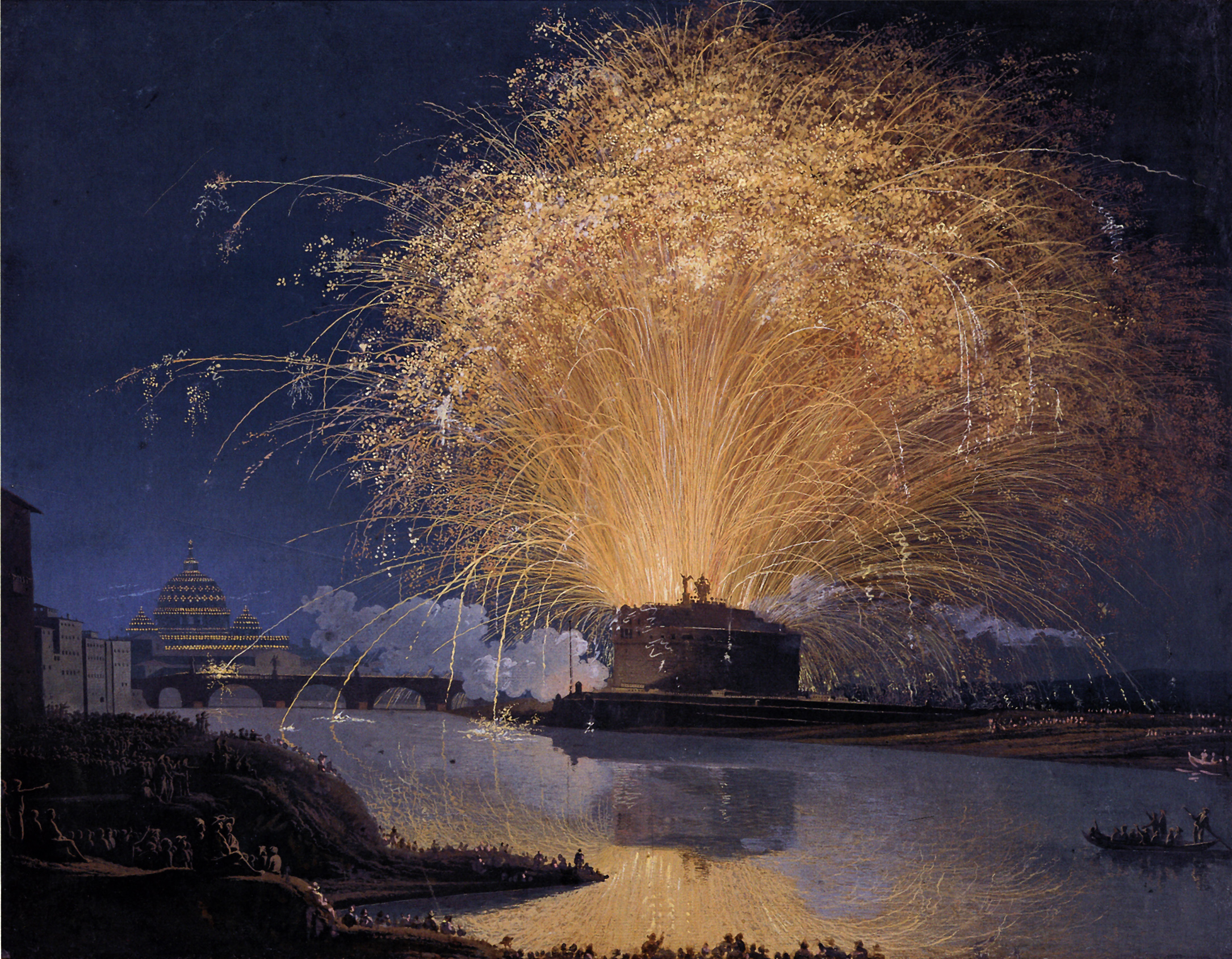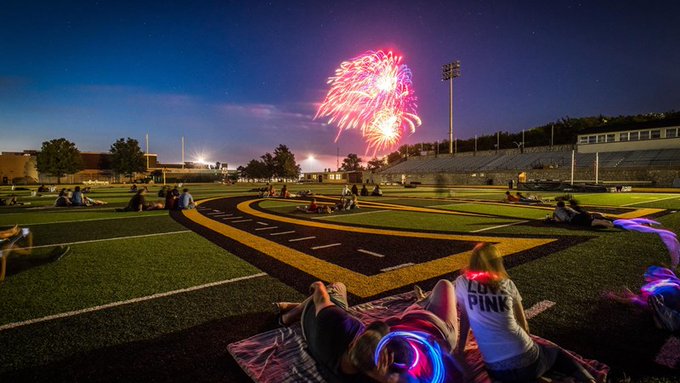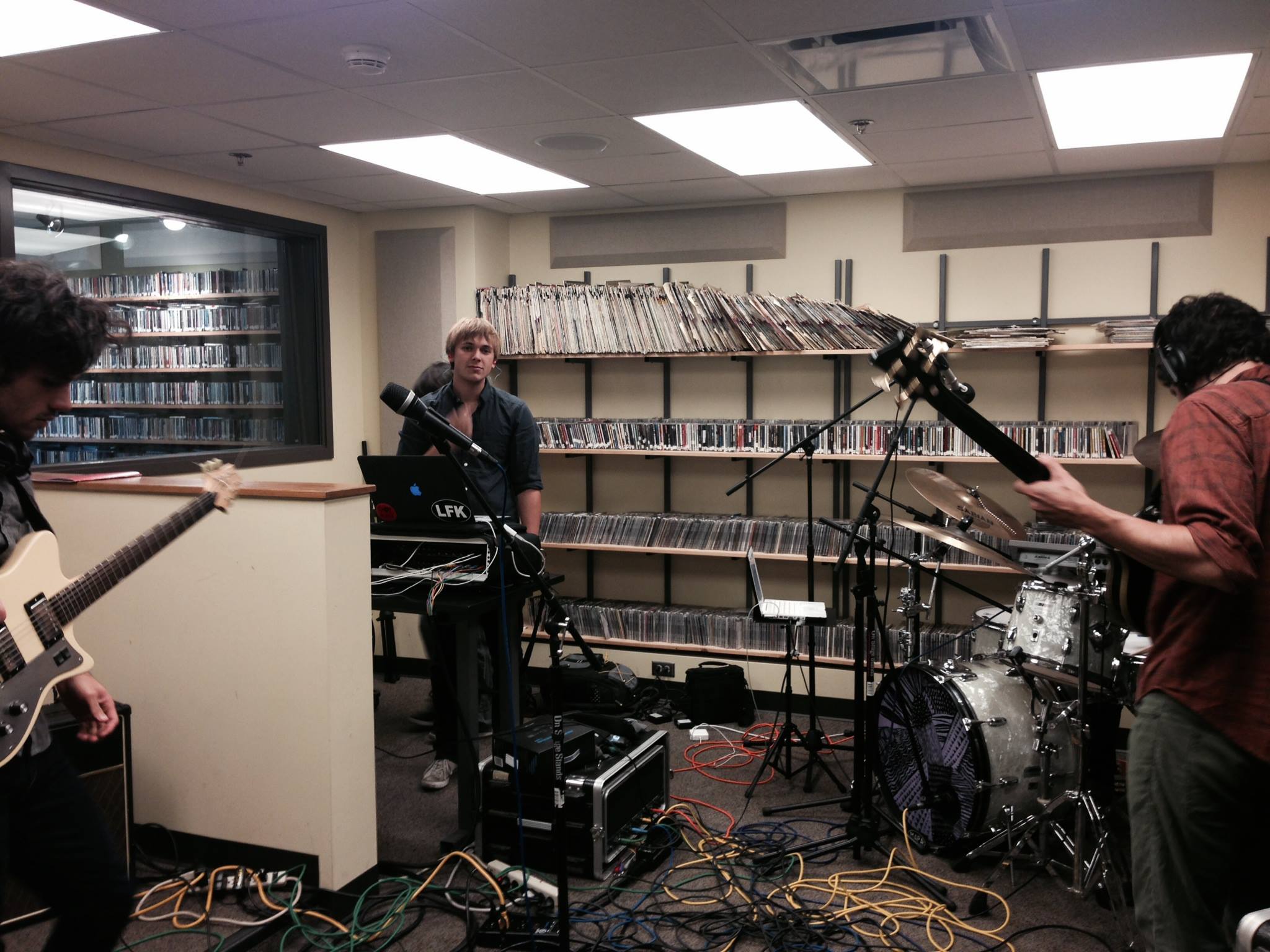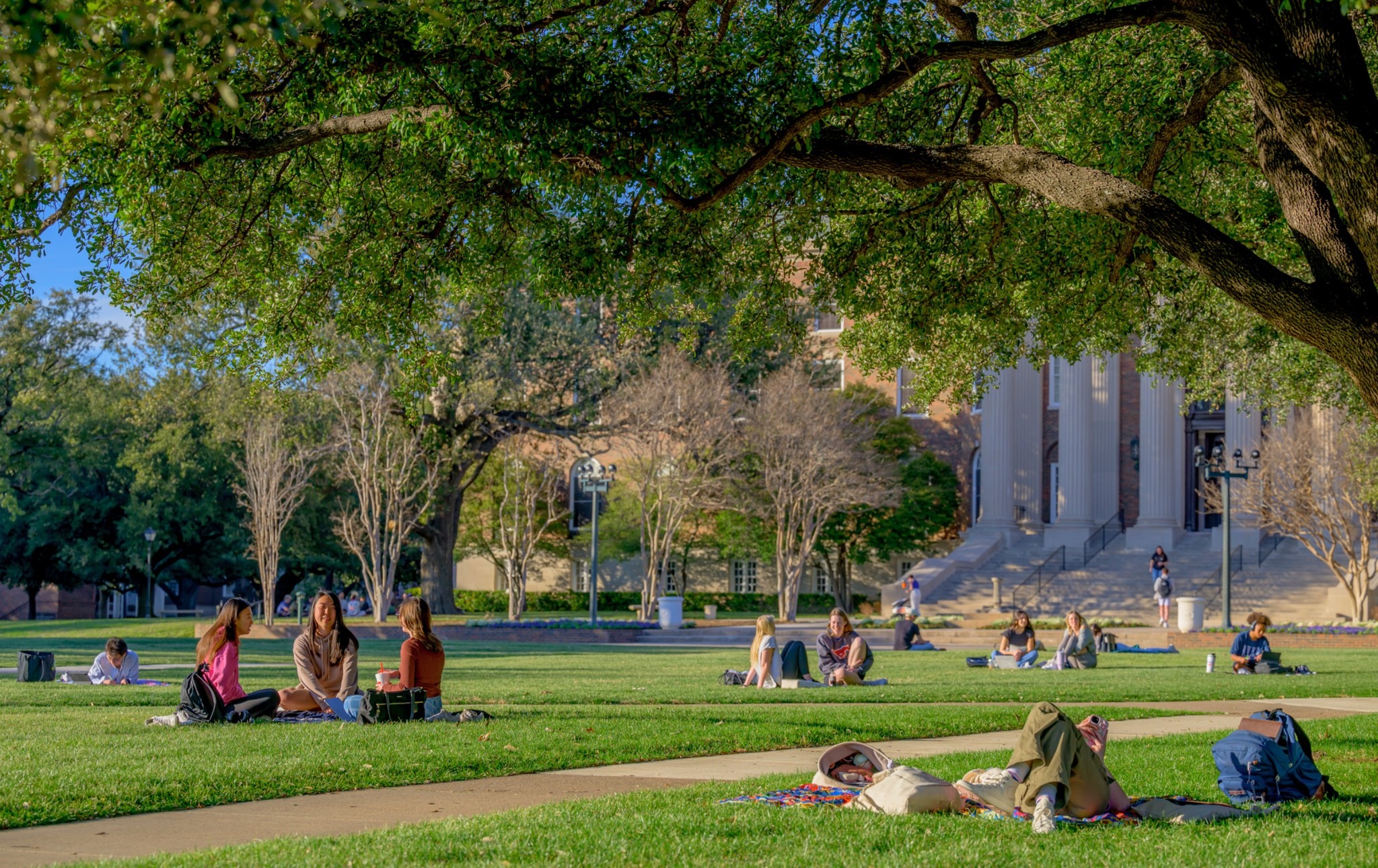At least twice a year, and during performances with flame effects, public safety departments in colleges and universities have an elevated concern about campus citizen safety, and the safety of the host community, when fireworks are used for celebration. We find very rigorous prohibitions against the use of fireworks, weapons and explosives on campus. Education and enforcement usually falls on facility and operation campus safety units.
That much said, we follow development, but do not advocate in NFPA 1123 Code for Fireworks Display, because it lies among a grouping of titles that set the standard of care for many college and university public safety departments that sometimes need to craft prohibitions with consideration for the business purposes of entertainment and celebration in education facilities. NFPA 1123 is not a long document — only 22 pages of core text — but it contains a few basic considerations for display site selection, clearances and permitting that campus public safety departments will coordinate with the host community. It references NFPA 1126, Standard for the Use of Pyrotechnics Before a Proximate Audience and NFPA 160 Standard for the Use of Flame Effects Before an Audience.
Something to keep an eye on. The home page for this code is linked below:
NFPA 1123 Code for Fireworks Display
For a sense of the technical discussions, transcripts of two developmental stages are linked below:
Public comment on 2026 Edition proposed revisions is receivable until May 30, 2024.
We maintain this title on our periodic Prometheus colloquium. See our CALENDAR for the next online meeting.
Issue: [16-134]
Category: Public Safety
Colleagues: Mike Anthony, Jack Janveja, Richard Robben
More





















